It's my understanding that one of the big drawbacks of facet_grid is that you cannot specify the axis limits of groups of panels. Thus, I created four graphs, I added the axis limits I wanted and manually added them together using grid.arrange in the gridExtra package. However, I'd like if these plots match with the other ones I've created using face_grid. I think the bar labels that are auto-generated in facet_grid are controlled in theme() under the strip. related functions but I have no idea how to go about "recreating" these strip labels for my individual plots. Anyone know?
Here's the graph I've created with grid.arrange()

And here's the graph I've created with facet.grid()
I'd like the gray shaded labels from facet.grid() in my grid.arrange() generated plot.
Thanks!

